Results 31 to 40 of 40
-
08-25-2012, 10:05 PM #31
 Re: The Medieval Crusades 1095-1291 - Events, Life, Society, Warfare, Innovations
Re: The Medieval Crusades 1095-1291 - Events, Life, Society, Warfare, Innovations
-
08-30-2012, 02:21 AM #32Banned User

- Join Date
- May 2012
- Gender

- Posts
- 1,464
 Re: The Medieval Crusades 1095-1291 - Events, Life, Society, Warfare, Innovations
Re: The Medieval Crusades 1095-1291 - Events, Life, Society, Warfare, Innovations
Thanks for checking the thread. I understand that problem. It's a delicate subject nowadays to discuss the Crusades.
The crusades started as a reaction to Seljuq aggression in Palestine (Holy Land) in the late 9th and early 10th century. The Holy Land was chiefly under the control of two empires, Byzantine empire (referred sometimes as Eastern Roman empire) and the Abbassid caliphate. Although the Muslims gained much of the territory later on from the Byzantines they still allowed Christians to visit these holy sites. When the Seljuqs took control of the Holy Land however, pilgrimage became more dangerous as they regularly harassed these people and eventually denied entry to Holy sites, some were even destroyed. In the 1090's they attacked the Byzantines effectively that the Byzantine Emperor Alexios I sent a letter to the Pope asking for assistance. These were basically the reasons why the Crusades started.
-
08-30-2012, 09:09 AM #33Banned User

- Join Date
- Jan 2007
- Posts
- 10,275
-
08-30-2012, 09:13 AM #34
 Re: The Medieval Crusades 1095-1291 - Events, Life, Society, Warfare, Innovations
Re: The Medieval Crusades 1095-1291 - Events, Life, Society, Warfare, Innovations
^_^ check ni nako unya. nice thread!
-
08-30-2012, 10:40 AM #35
 Re: The Medieval Crusades 1095-1291 - Events, Life, Society, Warfare, Innovations
Re: The Medieval Crusades 1095-1291 - Events, Life, Society, Warfare, Innovations
nindot nga thread dah,hasta gud mga comment,kay nag fight2x na.hahaha..btw:sakto jud to nangutana dri,unsa jud khay rason sa ila pag away...maybe kay di gusto ang mga muslim pa sakop sa mga christian?naa pjud cguroy lawm nga rason.
-
08-30-2012, 10:45 AM #36Banned User

- Join Date
- Jan 2007
- Posts
- 10,275
 Re: The Medieval Crusades 1095-1291 - Events, Life, Society, Warfare, Innovations
Re: The Medieval Crusades 1095-1291 - Events, Life, Society, Warfare, Innovations
-
08-30-2012, 12:48 PM #37Banned User

- Join Date
- May 2012
- Gender

- Posts
- 1,464
 Re: The Medieval Crusades 1095-1291 - Events, Life, Society, Warfare, Innovations
Re: The Medieval Crusades 1095-1291 - Events, Life, Society, Warfare, Innovations
The Holy Land had a come and go attitude to it and everyone was welcomed. The sites were closed when the Seljuqs took control of the area and became dangerous for Christian pilgrims when many of them were massacred. The Crusade was basically Christendom's answer to this problem and they also believed that this could put an end to fighting between kings, nobles and lords in Europe and channel this by reclaiming the Holy Land. The Crusade's mission was not to wipe out Muslims; these lands have been under the Muslim caliphates for hundreds of years and they only want the Holy Land to be open and pilgrimage to be safer.
-
08-30-2012, 05:16 PM #38
 Re: The Medieval Crusades 1095-1291 - Events, Life, Society, Warfare, Innovations
Re: The Medieval Crusades 1095-1291 - Events, Life, Society, Warfare, Innovations
nice one ts... na remember na nako og balik ako mga na basa ani sauna. post lang nya ko ani. ngita pa ko unsa angay ma dugang ani.

Last edited by Deadstring67; 08-30-2012 at 05:19 PM.
-
08-30-2012, 07:21 PM #39
-
09-05-2012, 12:43 AM #40Banned User

- Join Date
- May 2012
- Gender

- Posts
- 1,464
 Medicine
Medicine
The Medieval age is often given a 'bad rap' for its steep superstition and outright shunning of new ideas by the establishment. Although science was commonly associated with spirituality such as the connection of the human body to the stars (ie. astrology) during those times, there were other more practical methods using the humblest of God's creation such as plants.
Herbalism was common in the Middle Ages, doctors, monks and commoners were using these medicinal plants effectively, a practice that has been recorded during the time of the earlier civilizations such as the Sumerians, Egyptians, Greeks, Romans etc. and later from the Arabs.
Order Hospitallers
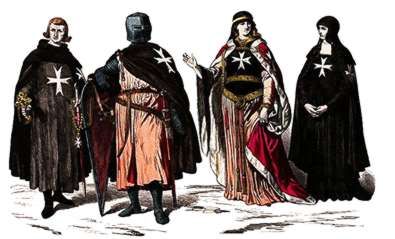
Knights Hospitallers and Hospitaller Nuns. The Order of St. John still exists today.
One such order was to provide medical aid for the Crusades. This was the Knights Hospitallers, also called the Order of St. John. Their mission was aimed at nursing the sick and impoverished while capable of fighting themselves. These militarized order of surgeons, physicians, nurses and nuns acted as support groups for soldiers and pilgrims in the Holy Land and developed 'siege medicine'. In the modern man's eyes these knights were just like combat medics with mobile emergency rooms. They also established Holy Infirmaries that paved the way for modern nursing and ethics for the humane treatment of patients including those of mental defects which were earlier believed to be possessed by demons. Several of these medical improvements were also acquired through the discovery of ideas from their Arab counterparts.
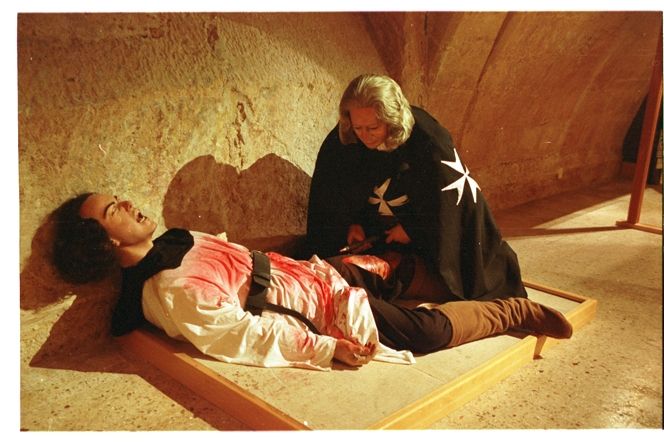
A museum model of a Hospitaller treating an injured man. The Order's hospitals in Jerusalem treated the sick and wounded without distinction between race and religion.
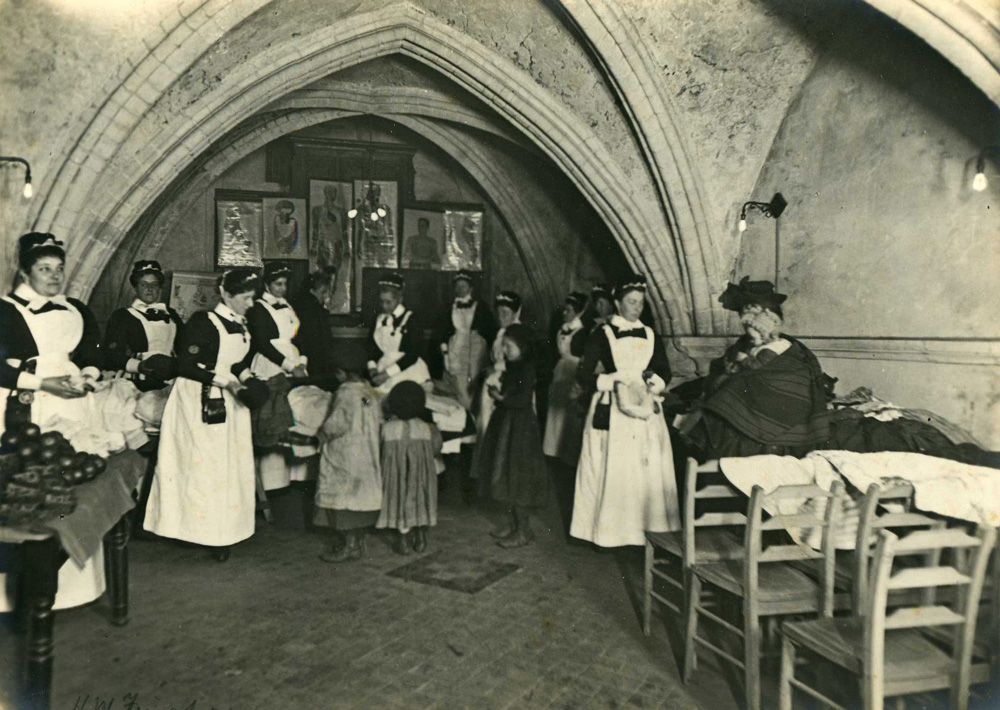
Nurses of St. John during 1901 aiding children.
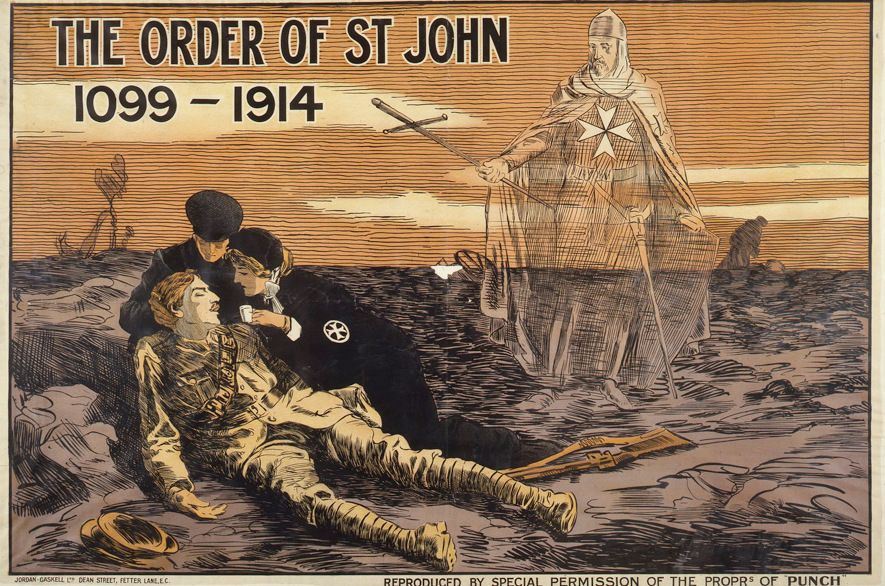
World War I
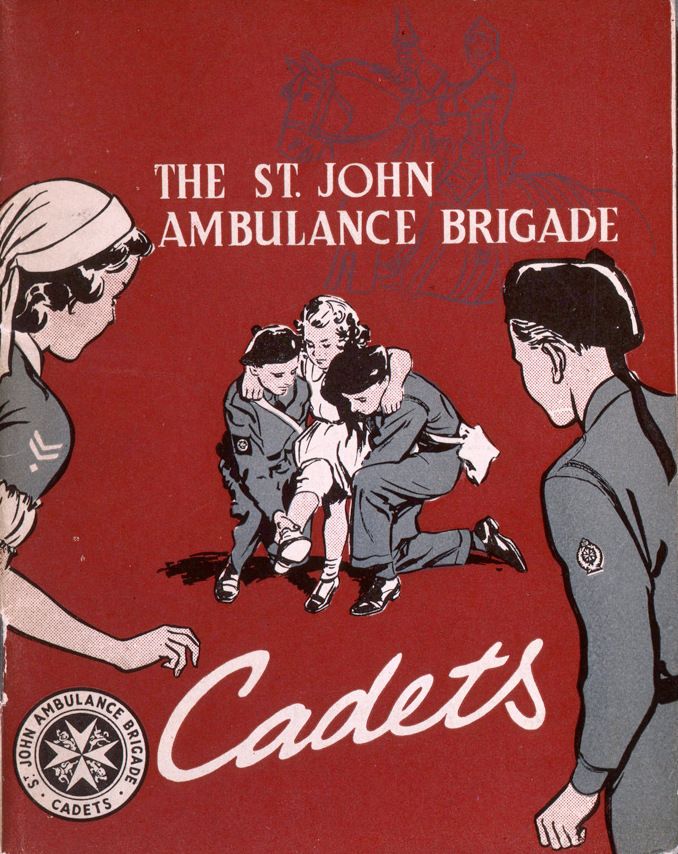
St. John Ambulance Youth Group poster from the 1950's.
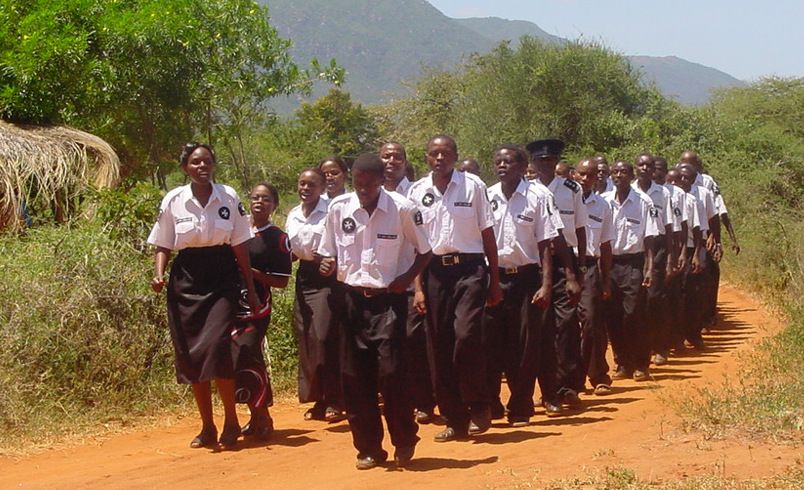
St. John Ambulance Youth Group in present-day Uganda.
Other treatments
There were also special treatments mostly only the rich can afford, such as dental care 'dentatores'. Nose and eye surgeries were common in the Arabic world and India and absorbed by the west.
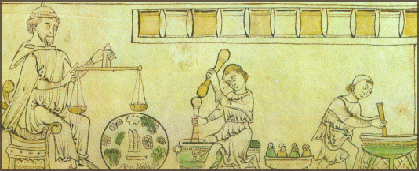
Monks mixing herbs preparing and measuring medicine.
The Herbs You may want to take notes.
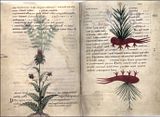
Herbal studies preserved in monasteries 11th century. (click to enlarge)
Bishopwort - Originally planted in churchyards to prevent ghostly activities, bad dreams and sorcery. Medicinal remedy range from liver problems, gallstones, arthritis, gout, high-blood, and snake bites. Ointment can be used against wounds and sores.
Radish - Farmed in Europe before the arrival of the Romans, radish juice is known to lower blood pressure, and has cleansing agents for the blood, digestive system and liver.
Garlic - "Stinky Rose" was not only to ward off vampires, garlic vitalizes the blood and serves as a laxative. Prevents high cholesterol, heart disease. It also has antibiotic qualities.
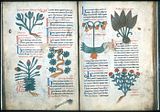
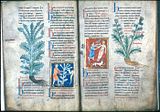
12th century herbalism written and studied by monks. (click to enlarge)
St. John's Wort - Used to be hanged around doors to ward off evil spirits, this herb was also believed to treat madness. Today it is commonly used as an anti-depressant and cure for muscle spasms. A reserch done by the National Cancer Institute believe St. John's wort has a potential as cancer-fighting drug. (cite TLC Family "St. John's Wort: Herbal Remedies")
Saw palmetto extract - Native Americans used this as antiseptic and is also credited for curing urinary problems and baldness.
Chaulmoogra Oil - Used to treat leprosy and was proven when lepers confined in Moloka Hawaii, then called, "Land of the Living Death" were cured. Indians and Chinese have been using them for hundreds of years earlier. It only reached the west in the 19th century.
Willow - Leaves and bark of the Willow tree have been used as headache, stomachache, and other body pain reliever.
Helenium/Elecampane - Roots are used as tonic to cure respiratory ailments such as asthma, bronchitis. Also helps digestion, and antiseptic.
Leeks - They are garlic-like plants resembling scallions. Serves as laxatives, good blood circulation avoiding stroke and cholesterol.
Plague Doctors
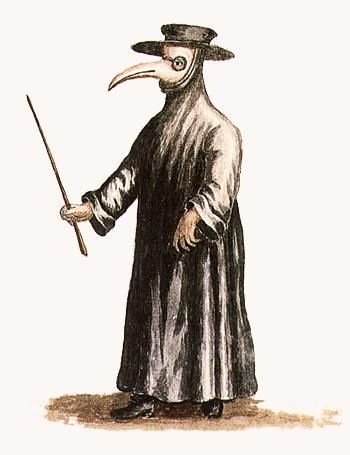
The plague doctor's creepy looking uniform was born out of necessity and attempt at art resembling bird-like appearance during the pandemic called the Black Death. The "beak" were filled with herbs, fragrant flowers and perfumes to mask the smell of an environment surrounded by rotting disease and death. Their ranks were mostly made up of inexperienced doctors likely because the authorities saw that there was no use in paying for real doctors in trying to cure the plague that ravaged Europe for some 300 years. They had to rely on volunteers and gutsy ones for that.
>> Plague_doctor_contract
Statistics: Source >> The Black Death: Bubonic Plague
25 million people died in just under five years between 1347 and 1352. Estimated population of Europe from 1000 to 1352.
- 1000 38 million
- 1100 48 million
- 1200 59 million
- 1300 70 million
- 1347 75 million
- 1352 50 million
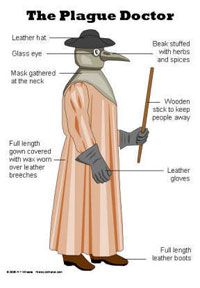
Notable Plague doctors for their bravery, innovations and success were:
Michel de Nostradame "Nostradamus" - Yes, him. We all know him.
Nellanus Glacanus
Giovanni de Ventura "Doctor for Hire"
Philip von Hohenheim"Paracelsus"
Guy de Chauliac - Fought the idea that the plague was not because of heretics and Jews to avoid them being targetted.
John Paulitious - The first plague doctor; succumb to illness.
Dr. George Rae - Replaced John Paulitious and worked, promised to be paid large sum. Employers confident he would not survive the plague, but he did and spent a decade asking for his reward.)
Doktor Schnabel von Rom "Doctor Beak from Rome"
John Ardene - One of the "Fathers of Surgery". Famous for using anesthetics and charging rich people as much as they could but offered free services for the poor.
Nathaniel HodgesLast edited by machinecult; 09-05-2012 at 02:20 PM.
Advertisement
Similar Threads |
|





 Reply With Quote
Reply With Quote

